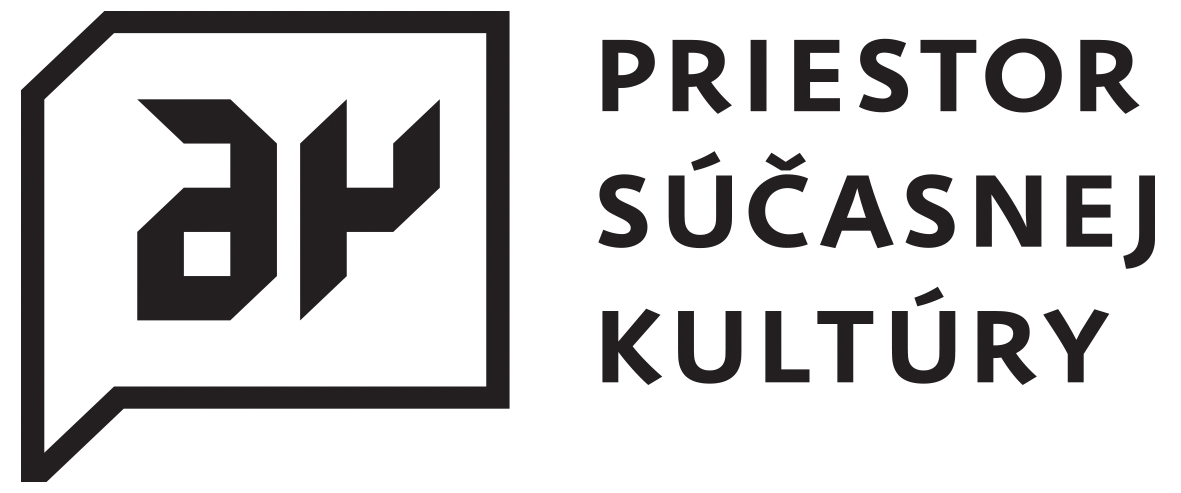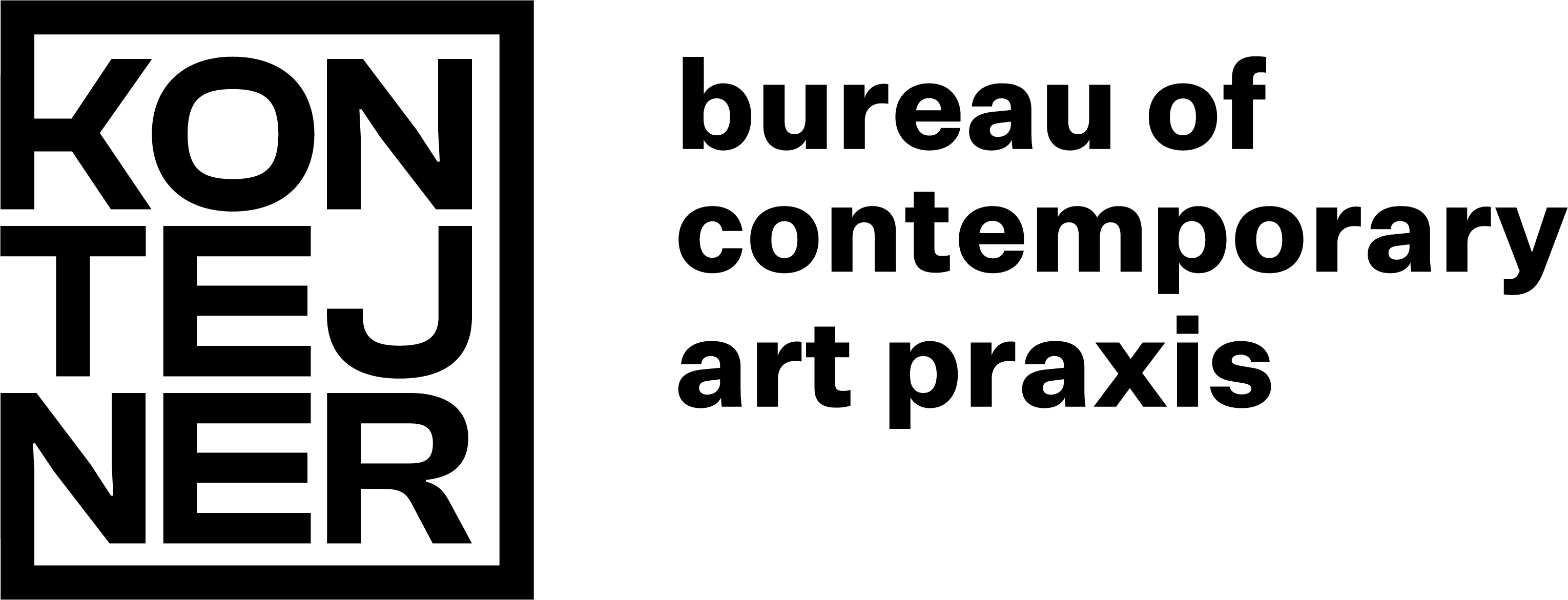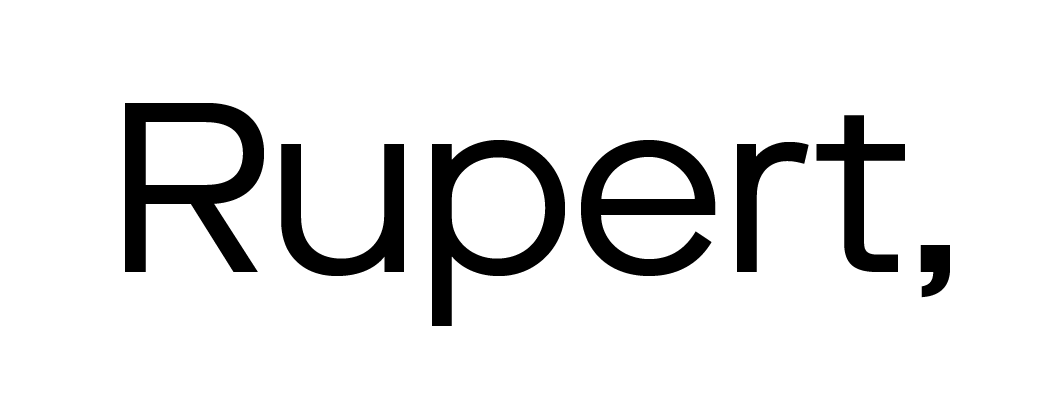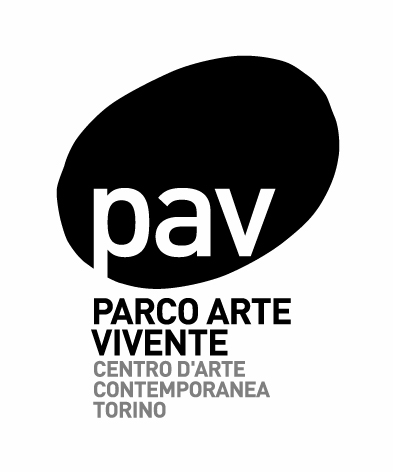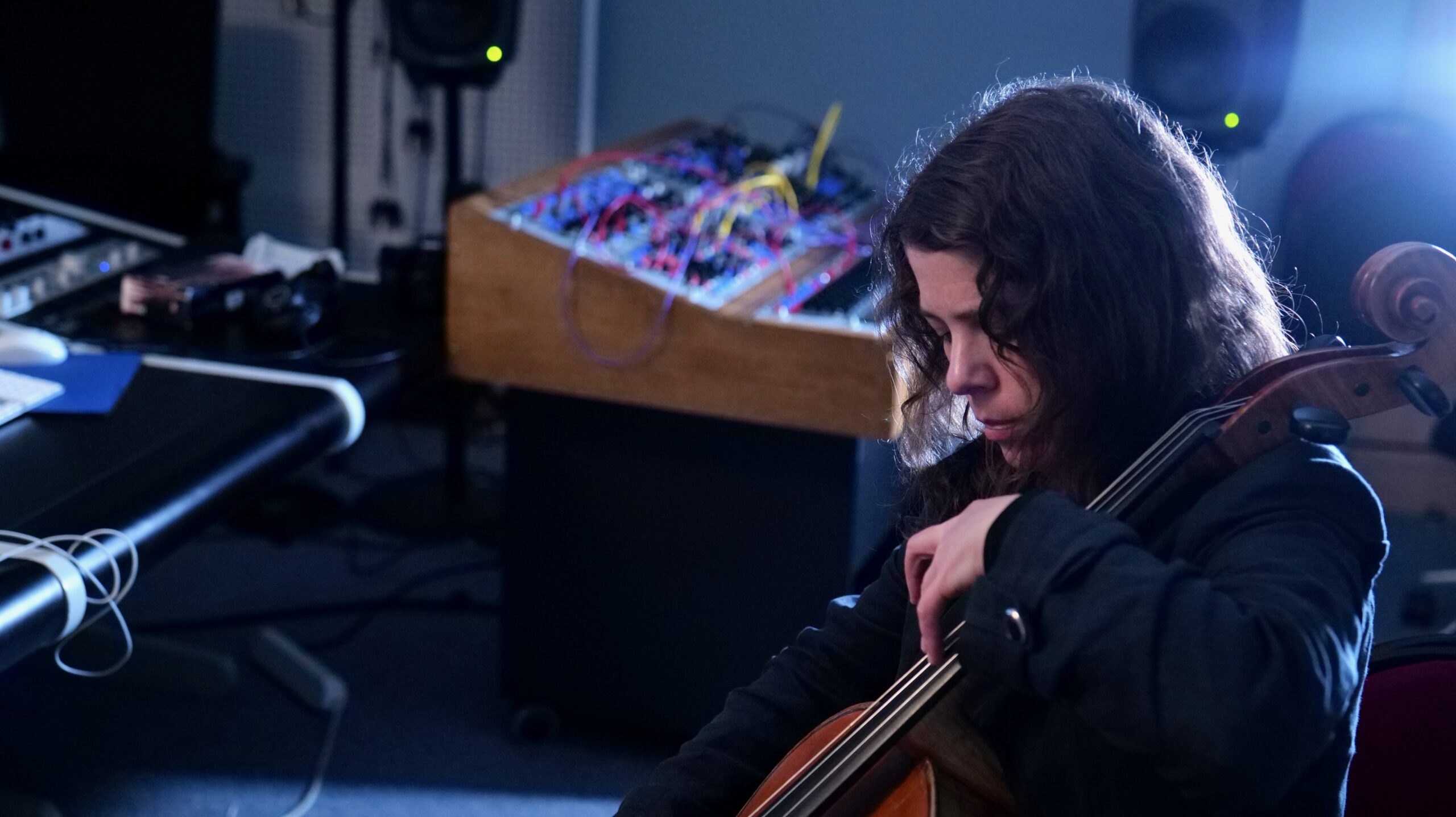
Photo credits Jean-Baptiste Garcia / INA grm
Desire Path expands different forms of processing of cello, synthesizers, and specific just intonation septimal limit frequency relationships in order to stretch out a kind of topos of the in-between, a question of what occurs between points of frequency relation, how we might move, what kind of desire is expressed via this movement, and how we might reorient without markers necessarily, but rather through a kind of expansion of movement, as a very slow kind of trembling.
The term ‘desire paths’ refers to the phenomenon of an unofficial path created by repeated use: a shortcut, an intuitively trodden down track, a line of bare earth through an otherwise undisturbed lawn, a treading down of undergrowth in a forest. A desire path reflects a form of collectively carved out (albeit temporarily displaced) human or non-human resistance to either more concrete or planned pathways, or to certain kinds of obstructions. They can be read as not only a kind of mapping of a trajectory of desire in movement, but also as a kind of legible mark marking on a landscape, one draws attention to the tendencies or desires of the way itself, rather than necessarily being tied to a point, outcome, or destination.
Hamann’s work Desire Paths for cello and electronics reflects upon various senses of a ‘desire path’: via navigating frequency and pitch material that in some sense form ‘desire lines’ drawn from the composer’s tendencies. This takes the form of a kind of following of specific melodic and harmonic kinds of movement, stacked ratios of just intonation spellings of what might otherwise be held within the loose category of a major second. It is also played out via a form of treading down of auditory memory as a means of tracing/tracking, and by exploring a specific form of in-betweenness of points of orientation, both in the work’s diffusion and in its compositional frame. Through trace, retracing, and slow shifts in diffusion, Desire Paths maps a kind of interior pathway, it is an exploration of what we might mean by tending to something, both in its ministrative or caretaking sense, but also in its sense of desire: to ‘tend’ is to ‘reach toward.’ This, in a sense, also enacts a kind of claim of desire on behalf of the frequencies themselves.
Credits
Many thanks to Elektronmusikstudion EMS Stockholm, and John Chantler.
Commissioned by INA grm (2023)
Premiered by INA grm in Paris, France (2023)
Further Presentations:
Borealis Festival 2024 in Bergen, Norway
KONTEJNER’s Gibanja Festival 2024 in Zagreb, Croatia
Sanatorium of Sound 2024 (PL)








